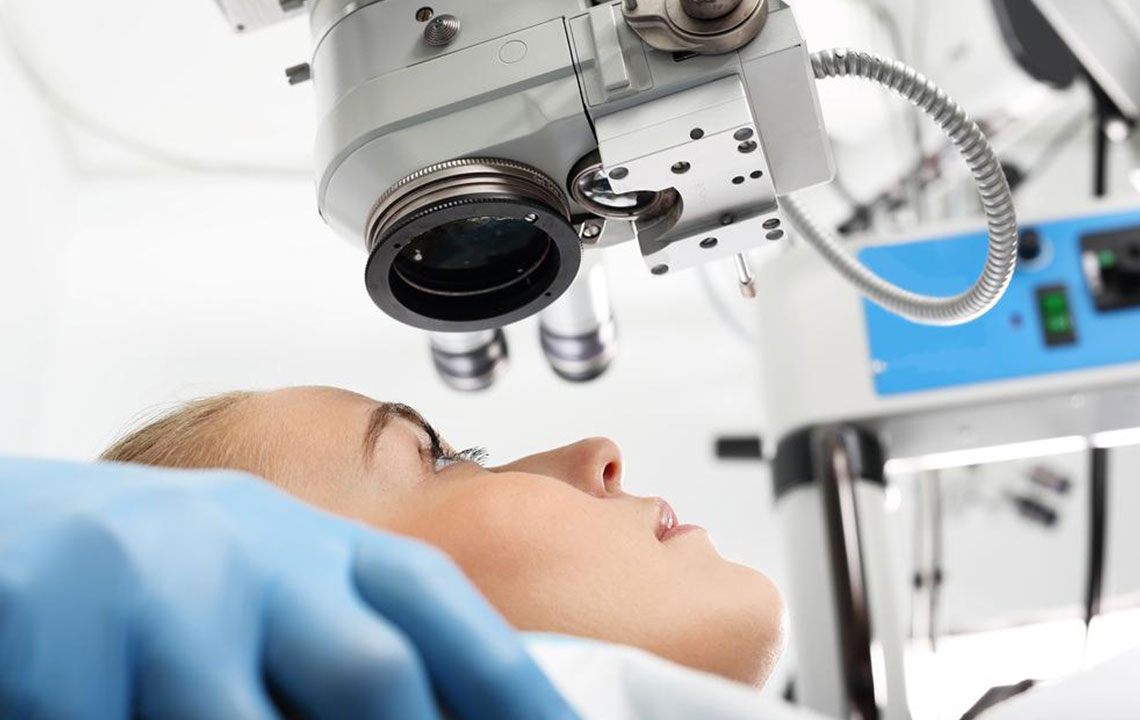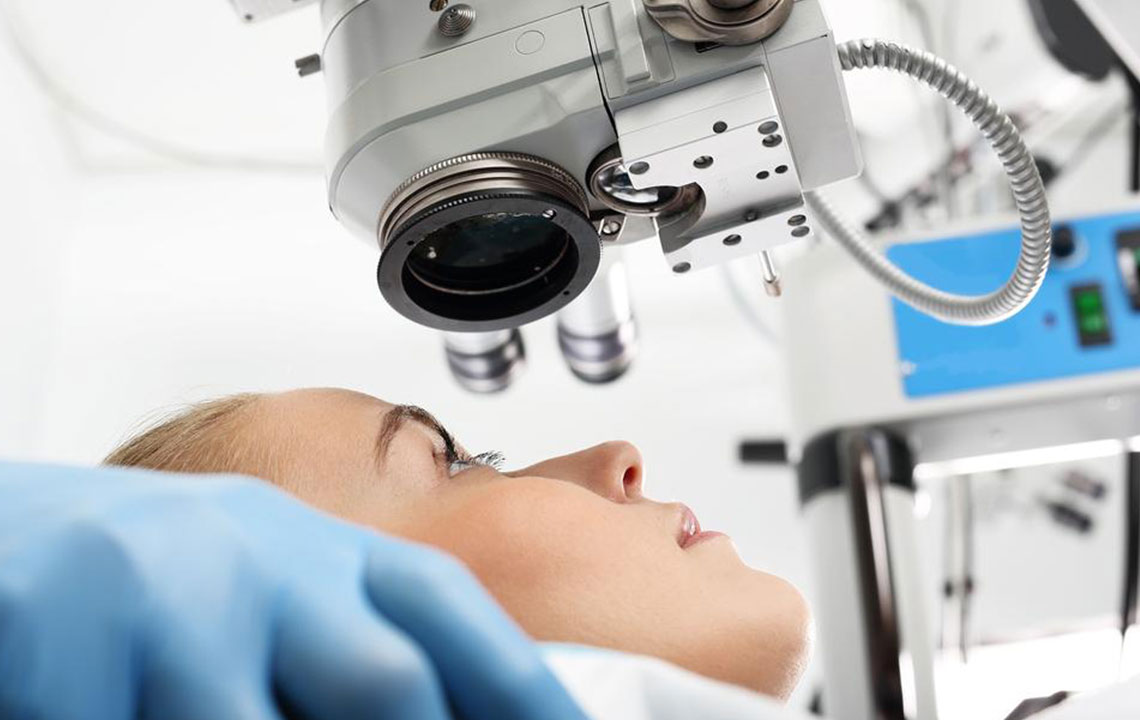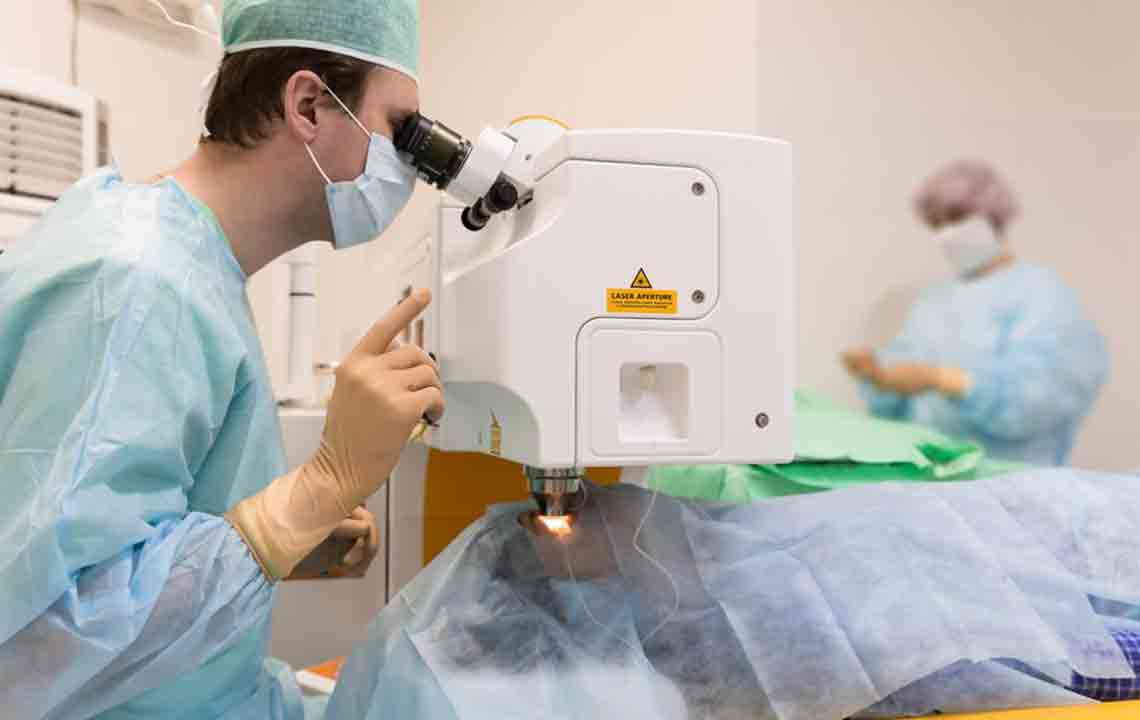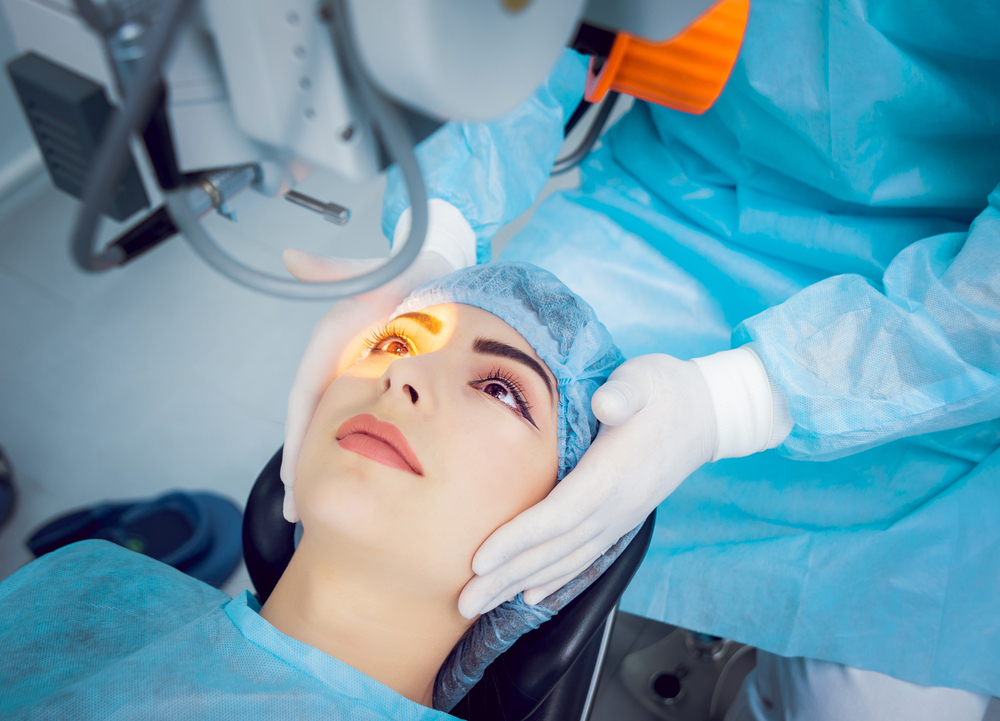Comprehensive Guide to Laser Cataract Removal Procedures: Advancements, Benefits, and Costs
This comprehensive guide explores laser-assisted cataract removal, highlighting its technological advancements, benefits over traditional methods, cost factors, and what patients can expect. It emphasizes the precision, safety, and improved outcomes of laser procedures, making it a preferred choice for many seeking to restore clear vision. The article also covers the correction of astigmatism, recovery times, and how to choose the right surgical approach through professional consultation. A valuable resource for anyone considering cataract surgery with innovative laser technology.

In-Depth Exploration of Laser-Assisted Cataract Surgery
Cataracts remain one of the leading causes of visual impairment worldwide, especially among individuals aged 50 and above. The evolution of cataract surgery over the years has led to significant improvements in techniques, with laser-assisted procedures becoming increasingly popular due to their precision and safety. This comprehensive guide delves into the intricacies of laser cataract removal, comparing it with traditional methods, discussing its technological advancements, benefits, potential costs, and what patients can expect from the procedure.
Traditionally, cataract surgery involved manual techniques where ophthalmic surgeons used blades and delicate instruments to remove the clouded lens. While effective, these methods heavily depended on the surgeon’s skill and experience to achieve the desired accuracy. Precise corneal incisions, capsulotomy, and lens fragmentation were challenging to perform consistently, sometimes leading to suboptimal outcomes or increased risks. However, with the advent of laser technology, the landscape of cataract surgery has shifted dramatically.
Laser-assisted cataract surgery employs femtosecond laser systems, which are capable of making extremely precise incisions and tissue treatments that were previously difficult or impossible to achieve manually. These systems utilize advanced imaging technologies such as optical coherence tomography (OCT) to create a detailed 3D map of the eye before commencing the procedure. This imaging allows surgeons to plan each step meticulously, ensuring optimal incision placement and depth, which contributes to better surgical outcomes.
The key steps in laser cataract surgery include corneal incision, capsulotomy (the creation of an opening in the lens capsule), and lens fragmentation. Each of these steps benefits from laser precision. The corneal incision is made with a digital guide to ensure consistency and minimal trauma to surrounding tissue. The femtosecond laser then performs a precise, circular capsulotomy, providing a stable and perfectly centered opening for lens removal. Lens fragmentation involves breaking up the cloudy lens into smaller pieces, making removal easier and less traumatic to the eye tissues.
One of the remarkable features of laser surgery is its ability to correct astigmatism during the same procedure. By creating small, strategically placed incisions on the cornea, the laser reshapes the eye's surface, improving visual clarity and reducing the dependence on glasses post-surgery. This added benefit makes laser-assisted cataract removal an attractive option for patients seeking comprehensive eye correction in one sitting.
Compared to traditional cataract surgery, laser procedures generally produce more predictable results, with balanced incisions and better lens positioning. These advancements translate into faster visual recovery, fewer complications, and improved overall satisfaction. While it is true that laser surgeries come with higher costs—often in the range of several thousand dollars—the precision and safety advantages are significant, especially for complex cases or patients with corneal irregularities.
Cost considerations aside, the decision to opt for laser-assisted cataract surgery should involve detailed consultation with a qualified ophthalmologist. They can assess individual eye health, lifestyle needs, and financial factors to determine the most suitable approach. Insurance coverage and Medicare may partially offset costs, but patients should confirm coverage details beforehand.
As technology continues to advance, the future of cataract surgery looks promising, with ongoing innovations aimed at further improving safety, outcomes, and patient experience. For those experiencing cloudy vision due to cataracts, laser procedures offer a safer, more precise, and potentially more effective solution—making it an increasingly preferred choice worldwide. Whether you're considering the surgery for age-related cataracts or other lens issues, understanding the benefits and costs associated with laser-assisted techniques empowers you to make informed decisions about your eye health and vision care.




